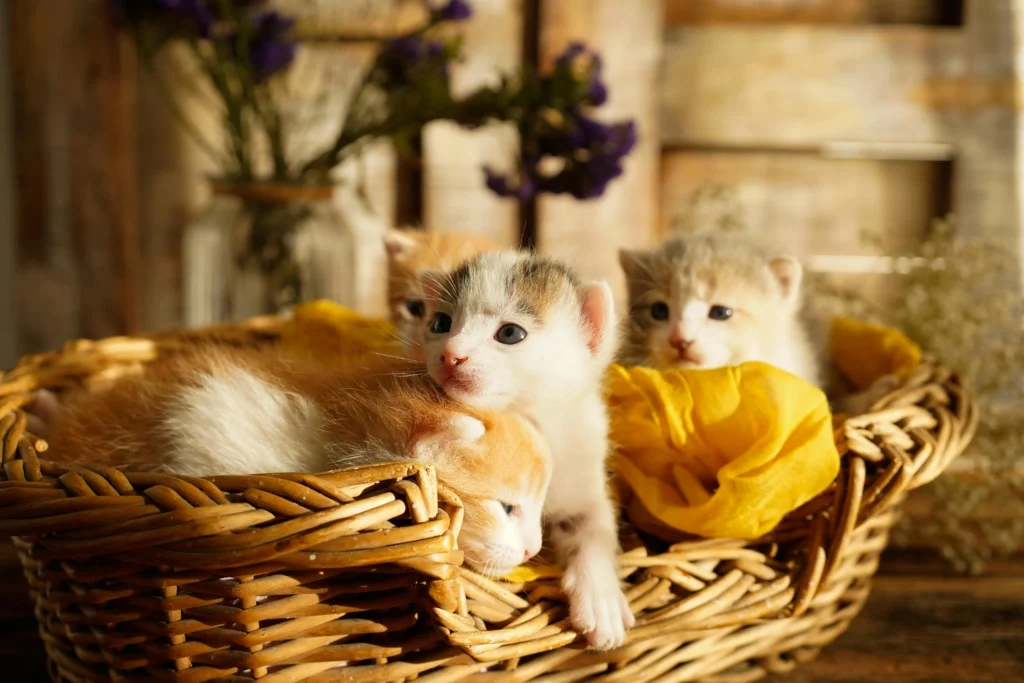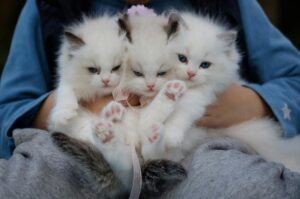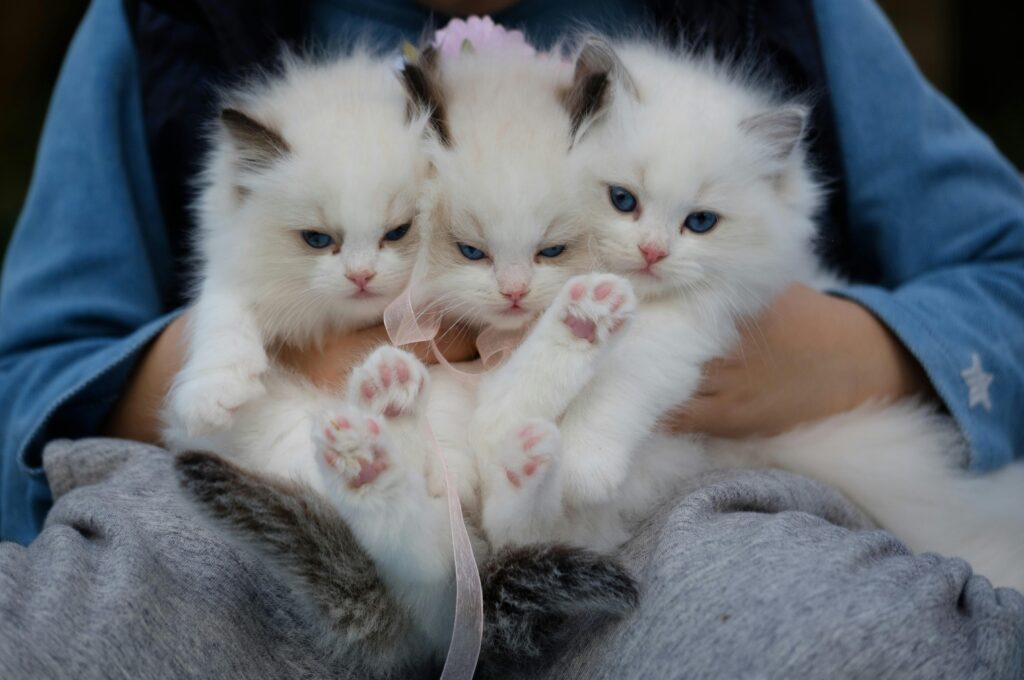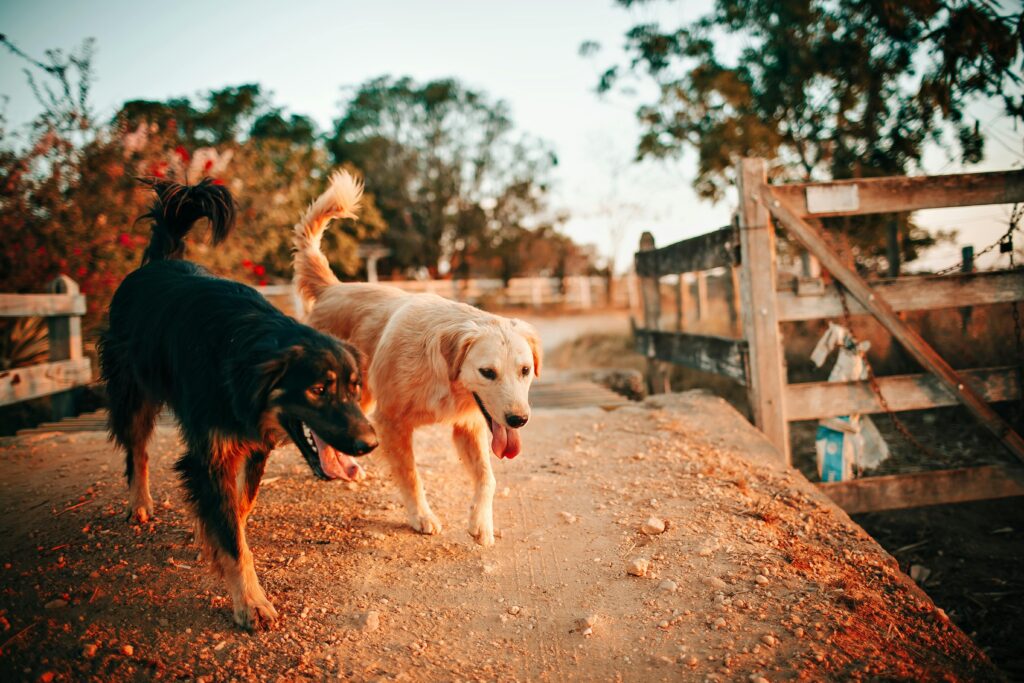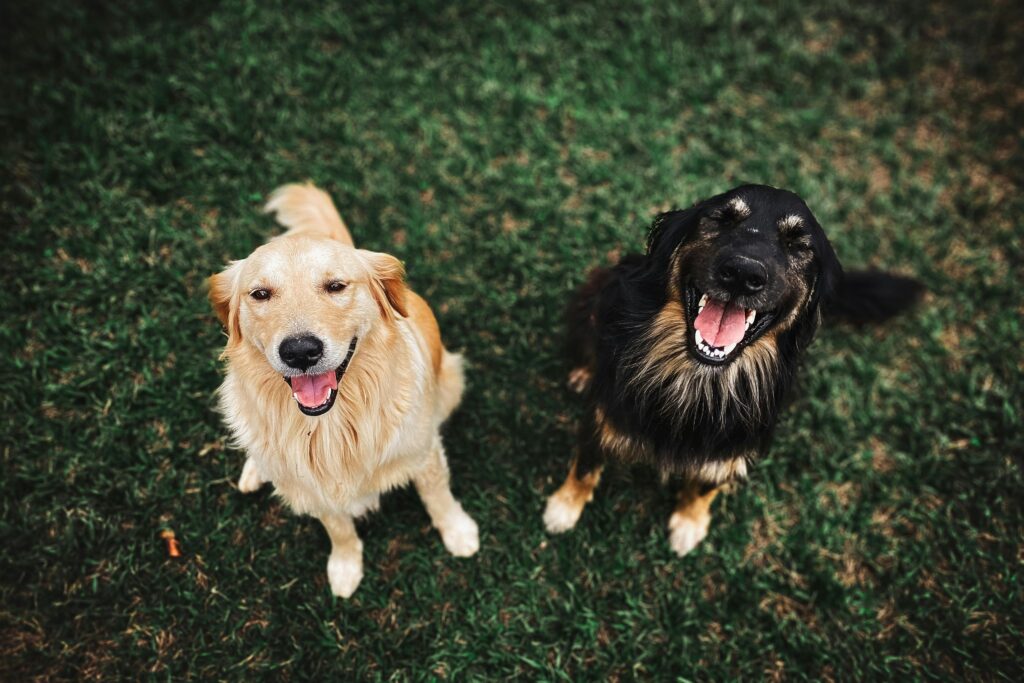How many kittens can cats have?
Cats are magnificent pets, fascinating us with their quirky characters and slapstick humor.” Probably one characteristic that makes cats’ lives special is their reproductive capability. So if you keep a pet cat or contemplate doing so, you might wonder, How many kittens can a cat have?
Depending on breed, age, health, and surroundings, the number of kittens born in a litter can differ considerably. Below, we shall go into further detail on the reproductive cycle, describe the birthing process, and provide some suggestions on the care of a pregnant cat. After this, you’ll be thoroughly informed about feline reproduction and how to get ready for a new litter.
Knowing the Cat Breeding Cycle:
But before comparing the numbers of litter, some background information on the cat’s reproductive cycle is helpful. The female cat, or queen, is polyestrous; she is in heat several times during the spring-to-fall mating season. However, many queens kept indoors will cycle year-round due to constant exposure to artificial lights.
Cats’ Estrus (Heat Cycle):
Queen’s estrus, or heat cycle will normally last between 4 to 10 days if she does not get bred. If she does breed, the cycle is interrupted and she then becomes pregnant. If she is bred during the breeding season, the estrus cycle may occur every two to three weeks. Consequently, a queen may have more than one litter in a year.
Every cat owner should know at least some facts about the estrus cycle. Let’s start with a few things to remember:
- The first heat: Kittens reach their first heat around the age of 4 to 6 months, depending on the breed and environment. Miniature breeds tend to reach their sexual maturity a little earlier, but larger breeds take a little longer to reproduce.
- Signs of Estrus: The healthy female cat displays more signs like she is vocalizing, restless, rubbing against objects and appliances constantly, and hyper-expressing affection. To get a mate, the queen can lift her hindquarters and tread with her back legs.
This cycle does indeed boost the possibilities of conception for females, though it leads one to ask that question that has tormented inquiring minds for generations: how many kittens can a cat have?
Some factors affecting litter size
Many variables determine the kittens a cat may produce. There isn’t an answer, but knowing these factors will help you predict what is going to happen.
1. Breed of the Cat:
Other Small Breed Cats: Siamese and Burmese have fewer kittens in a litter. Generally, most small breed cats have between 3-5 kittens per litter.
Large breeds of cats: such as Maine Coons or Ragdolls. A litter may be as big as 4 – 6 kittens in one breeding.
2. The cat’s age:
- First Litter: The first litter of a young queen has as few as one or two kittens. This is the sign of ripening in their reproduction system.
- Prime Ages: These occur at about two to six years. At this time, a cat is ready to reproduce where she will give birth to 4-6 kittens, and some may surrender as many as 9 kittens.
Senior Cats: Some queens are known to have fewer kittens in their older ages. A queen can have only one kitten, and in some cases, three kittens.
3. Health and Nutrition:
However, a healthy cat will be the primary determinant of litter size. In general, the bigger, healthier litters are more often associated with healthy, well-fed cats and proper veterinary care. Among the factors affecting litter size are:
- Diet: This is a great balanced diet supplemented by high protein in preparing the body for pregnancy and the growth of kittens.
- Veterinary health care: Preventive checkups would disclose the unknown health conditions that would have otherwise resulted in miscarriage or infertility.
4. Inheritance:
For example, genetics also determines the number of kittens that a cat can deliver. Therefore, any mother cat whose history is litter-in-the-tonnes will have a large litter. Further to this, most studies have revealed that the size and genetic background of the father, or the tomcat, may determine the size of the litter.
5. Pregnancy Care and Environment:
Such conditions include litter size by the pregnant cat, which may be dependent on her living conditions. Hence, those cats that feel secure and are very well cared for tend to produce larger litter sizes as compared to those cats living in unsafe or stressful environments that may have smaller litter or result in miscarriages.
Stress Levels: A stress-free pregnancy environment may result in a healthier litter of likely more pups. Litter Size: Average Number of Kittens Finally, putting aside the variables that regulate the size of the litter, let’s talk about how many kittens a cat typically harbors. A normal litter is comprised of three to five kittens, although sometimes queens will produce as few as one or as many as twelve kittens in a litter.
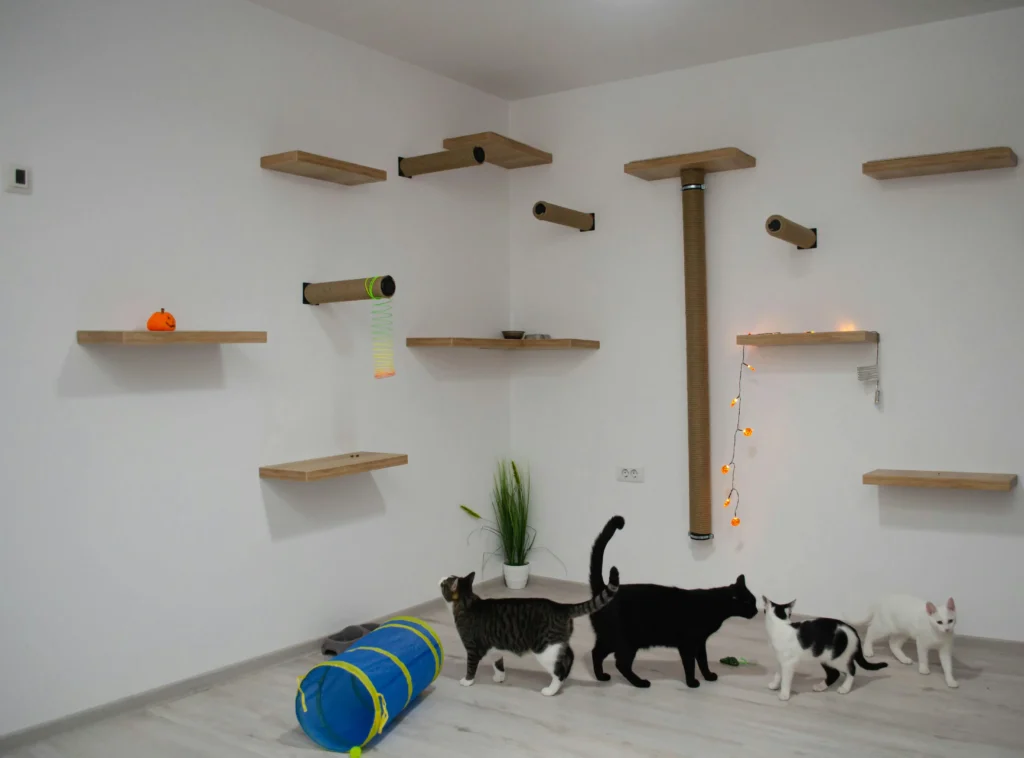
A summary of typical litter sizes according to several criteria can be found below:
| Factor:
|
Average Litter Size
|
(range)
|
| First Litter (Young Queen)
|
1-3
|
3-4 |
| Prime Age (2–6 years)
|
4-6
|
3-9 |
| Older Queen (7+ years)
|
1-3
|
1-4 |
| Smaller breeds
|
2-4 | 1-5 |
| Larger Breeds
|
4-6
|
3-9 |
| Well-nourished and healthy cats | 4-6 | 3-8 |
Regularity of Litters:
A queen may have several litters a year. The cat’s gestation is around about 63-65 days, or 9 weeks. Although a cat, both in the wild and indoors, normally produces just two litters in a year, a female cat can again become in estrus almost when all kittens have been born and two weeks have passed; thus she may have up to three litters within a year.
Theoretically, a queen can breed up to 3 litters a year, though in principle for home cats, a queen will have around 2 litters annually. Now considering that a cat may live longer than 15 years, an unspayed female cat may have dozens or even hundreds of kittens during her lifetime.
Lifetime Reproductive Potential
One queen can produce between 2 to 3 litters a year with an average of 4 kittens in a litter, meaning up to 12 kittens in just one year. That will translate into 120 kittens or more over 10 years!
Caring for a pregnant cat
If your cat is pregnant, she requires special care to ensure a healthy pregnancy and delivery. Her nutritional needs will change significantly, necessitating high-quality kitten food rich in calories, proteins, and vitamins. Prepare a quiet, secluded nesting area with clean bedding for her to give birth, ensuring it’s safe and undisturbed. Regular veterinary visits are essential to monitor her health and the development of the kittens, with possible ultrasounds or X-rays to assess their growth and guidance on nutrition and supplements.
If you suspect your cat is pregnant or have confirmed it with a vet, proper care is essential for a healthy pregnancy and delivery. A pregnant queen requires a balanced diet with increased calories, proteins, and vitamins, ideally through high-quality kitten food. Prepare a cozy, secluded nesting area with clean bedding for her to give birth. Regular veterinary check-ups are crucial to monitor her and the kittens’ health, as vets can perform ultrasounds or X-rays to assess the kittens’ development and provide dietary guidance.
During pregnancy, a queen cat’s nutritional needs increase, requiring more calories, proteins, and vitamins; high-quality kitten food is recommended for her and her developing kittens. She will seek a quiet, secluded area to give birth, so it’s important to prepare a cozy, clean nesting spot away from noise and disturbances. Regular veterinary visits are essential to monitor her and the kittens’ health, with potential ultrasounds to check the number of kittens and guidance on nutritional needs, including possible supplements.
To support a queen cat during her pregnancy, create a quiet, secluded nesting area with clean bedding, ensuring it’s free from drafts and disturbances. Regular veterinary visits are essential to monitor her health and that of her kittens, as the vet may perform ultrasounds or X-rays to check kitten development and offer nutritional guidance, including supplements if needed.

Nursing Choices Childbirth Process: What to Expect
If your cat is preparing to deliver the kittens (“queening”), then you can prepare for what’s about to happen. After all, most cats can deliver their kittens quite alone, so good knowledge about signs of labor and knowing when something is just not right allows you to step in at the right moment.
Indications Labour Will Soon Start
- Nesting: She will begin to nest above the queen and have more time to remain at her preferred birthing site.
- Impatience: Queens often resort to pacing or frequent movement when they are near labor time.
- Licking and Grooming: Queens normally lick their genital area constantly for hours before labor. This could be to clean up the area hence preparing it for delivery.
Phases of Labor
- The first stage of labor begins: When the cat is in contractions because she is getting ready her body for production. The queen gets louder and might take hours or even a day during this first stage.
- Second Stage (Delivery of Kittens): The queen will start delivering the kittens in the second stage. Kittens normally come in 15-30 minutes, although it could be longer between each kitten. If more than an hour passes without any additional kittens being born or your cat appears distressed, call your vet right away.
- Third stage: Placenta delivery A queen will deliver a placenta, usually within minutes of each kitten delivery. Each kitten needs to be matched up with its placenta; the queen may eat it to stimulate milk flow and bonding with her kittens.
What to Do When in Labour
In most situations, you can be quite sure that the queen is perfectly capable of doing it all on her own, but there are a few things you can do to help as needed:
- Keep Calm and Be Alert: Observe your queen without overhanging her. Queens seldom need extra help, but when complications arise, you will be prepared to assist.
- Provide Fresh Towels: She will do her best to clean the kittens as soon as possible, but fresh soft towels can be used merely to rub off.
- Monitor for signs of distress: Call your vet if your cat is showing signs of pain or labor lasts longer than expected. Signs of distress include panting and contractions that continue for long periods without delivering a kitten, or abnormal discharge.
1. How to Care for Newborn Kittens
Such kittens need proper care once born up to their first weeks. Newborn kittens are born blind and deaf; therefore, they feed on their mother for body warmth, food, and security.
- Care and Feeding: She will automatically start nursing the kittens with birth. Colostrum-the nutrient-rich milk produced during the first few days after giving birth still full of antibodies for the kittens. The following days should witness an increase in production as well as frequent nursing by the kittens.
- Monitor the nursing: Ensure all kittens are nursing well. Assist a kitten that does not like to attach to the queen by guiding it gently through attaching to the queen’s nipple. Monitor if the queen is having difficulty producing enough milk for all the kittens and bring it to the attention of your veterinarian to advise them on supplemental feeding.
2. Ensure the nest site remains clean
The nest needs frequent cleaning and warming. Kittens are not yet able to regulate their body temperatures; hence, there must be a source of warmth at all times, preferably a heating pad on low or a hot water bottle covered in a towel.
3. Veterinary Visit Schedule for Kittens
Just like a queen must be seen by the vet, so do her kittens. Take the kittens in to see the vet for a check-up within the first week of birth to ensure they are healthy and developing properly. She’ll also check on the queen to ensure everything is okay.
Spaying and neutering: reproductive management If you do not want to breed your cat, then it would highly be advisable that she be spayed to avoid the likelihood of unwanted pregnancies. Besides regulating the cat population, spaying is also good for the health of your cat.
Benefits of spaying: In the female cat, spaying is beneficial before the first heat cycle since it can greatly minimize some risks associated with certain cancers, such as mammary cancer. Risks of uterine infections and ovarian cysts are eliminated.
Spaying Age: Ideally, the best time for spaying your cat would be before she reaches sexual maturity. Such ages are usually between 4 to 6 months. Nonetheless, older cats can also be spayed. Advise the vet on this since your cat would have already reproduced by then.
Conclusion:
The litter size of the kittens under a cat’s womb varies widely, and the factors that determine the litter size are breed, age, health, and environment. Generally, a litter should be between 3 and 5 kittens while other cats may have as many as 9 or more kittens in a single litter. Knowing the factors that determine the litter size and taking proper care of your pregnant queen are crucial parts of a successful pregnancy and healthy kittens.
Whatever you’re doing, whether you’re breeding cats or just an owner who ends up with an unwanted litter, knowing what to expect during pregnancy and laboring will enable you to provide the best care for both mom and kittens. And if you’re not planning on breeding your cat, getting them spayed serves as responsible sterilization for later prevention of unwanted litters and ensures good health for your cat in the long term. A litter of kittens would bring so much joy into your life and is such a rewarding experience at the end.
You can check at PetMerk.com for more resources about loving happy, healthy pets!

